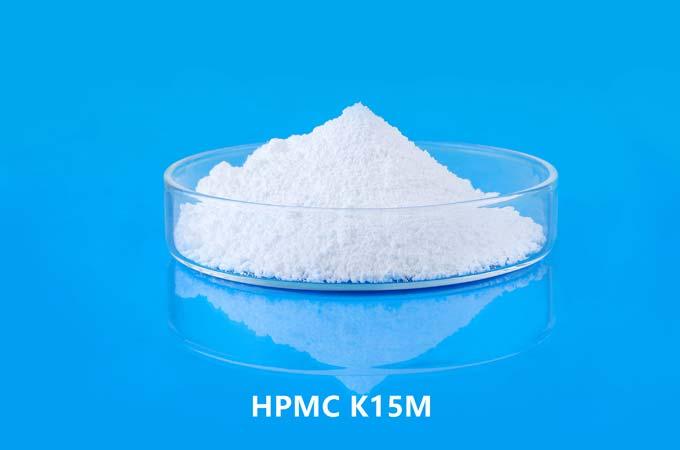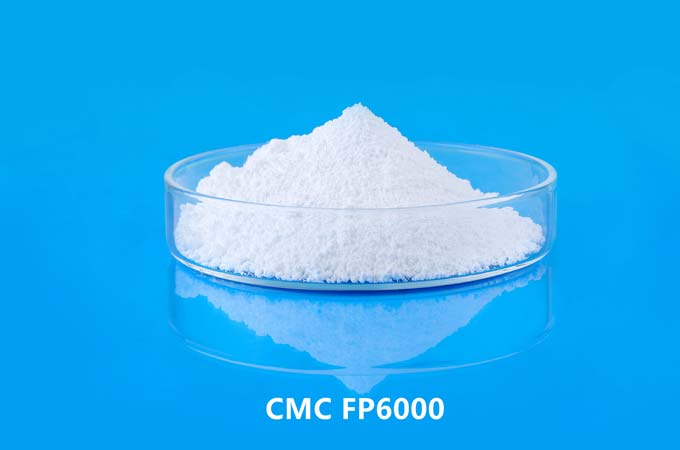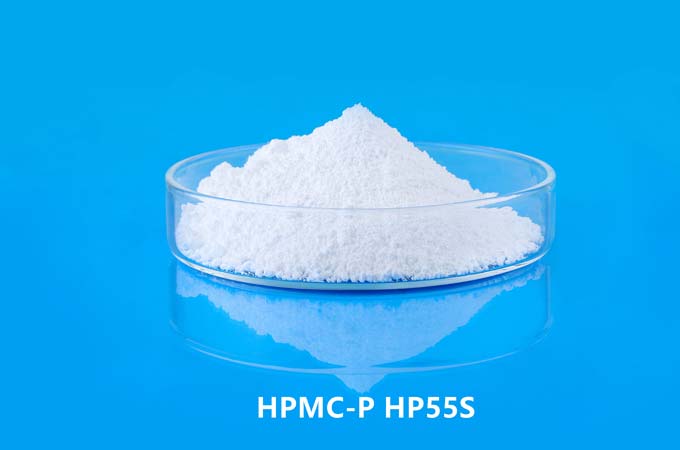About Cellulose
Cellulose is a macromolecular polysaccharide composed of glucose, which exists in large quantities in green plants and marine organisms. It is the most widely distributed and largest natural polymer material in nature. It has good biocompatibility, renewable and Biodegradable and other advantages. Through photosynthesis, plants can synthesize hundreds of millions of tons of cellulose every year.
Cellulose Application Prospects
Traditional cellulose has been widely used due to its own physical and chemical properties, while natural polymer material cellulose has different functional properties after processing and modification, which can meet the different needs of various industries. The functional utilization of cellulose functional materials has become a natural Development trends and research hotspots of polymer materials.
Cellulose derivatives are produced by esterification or etherification of hydroxyl groups in cellulose polymers with chemical reagents. According to the structural characteristics of the reaction products, cellulose derivatives can be divided into three categories: cellulose ethers, cellulose esters, and cellulose ether esters.
1. Cellulose ether
Cellulose ether is a general term for a series of cellulose derivatives formed by the reaction of alkali cellulose and etherifying agent under certain conditions. Cellulose ether is a kind of cellulose derivative with various types, wide application fields, large production volume and high research value. Its application involves many fields such as industry, agriculture, daily chemical industry, environmental protection, aerospace and national defense.
The cellulose ethers that are actually commercially used are: methyl cellulose, carboxymethyl cellulose, ethyl cellulose, hydroxyethyl cellulose, cyanoethyl cellulose, hydroxypropyl cellulose and hydroxypropyl methylcellulose Cellulose etc.
2. Cellulose esters
Cellulose esters are widely used in the fields of national defense, chemical industry, biology, medicine, construction and even aerospace.
The cellulose esters that are actually commercially used are: cellulose nitrate, cellulose acetate, cellulose acetate butyrate and cellulose xanthate.
3. Cellulose ether ester
Cellulose ether esters are ester-ether mixed derivatives.
Application Field
1. Pharmaceutical field
Cellulose ether and ester derivatives are widely used in medicine for thickening, excipient, sustained release, controlled release, film forming and other purposes.
2. Coating field
Cellulose esters play a very important role in coating applications. Cellulose esters are used in binders, modified resins or pre-film materials to provide coatings with many excellent properties.
3. Membrane technology field
Cellulose and derivative materials have the advantages of large output, stable performance, and recyclability. Through layer-by-layer self-assembly, phase inversion method, electrospinning technology and other means, membrane materials with excellent separation performance can be prepared. In the field of membrane technology widely used.
4. Construction field
Cellulose ethers have high thermally reversible gel strength and are therefore useful as additives in construction components, such as cement-based tile adhesive additives.
5. Aerospace, new energy vehicles and high-end electronic devices
Cellulose-based functional optoelectronic materials can be used in aerospace, new energy vehicles and high-end electronic devices.
6. Other fields
Problems and Solutions in Cellulose Application
At present, cellulose still has some inherent shortcomings. Due to the characteristics of its aggregated structure, cellulose cannot be melted and is difficult to dissolve in conventional solvents, which greatly limits the development and utilization of cellulose materials. Such as poor solubility in common solvents, lack of thermoplasticity, high hydrophilicity and lack of antibacterial properties.
 English
English 日本語
日本語 français
français Deutsch
Deutsch Español
Español italiano
italiano русский
русский português
português العربية
العربية Türkçe
Türkçe Nederland
Nederland



